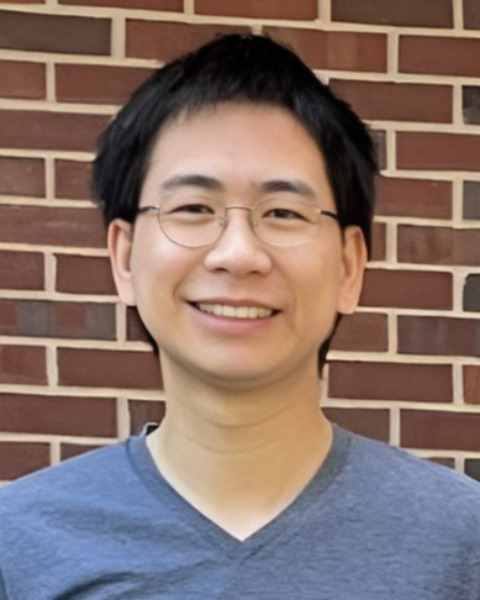Student Poster Display
Systematics, Evolution, and Biodiversity
Student
Student Competition
D3150: Diversification of the ant genus Strumigenys and evolution of power-amplified trap-jaw mechanism

Wilfred Tang (he/him/his)
Graduate Student
University of Illinois Urbana-Champaign
Urbana, Illinois- DB
Douglas Booher
USDA-Forest Service
Athens, Georgia - PA
Philip Anderson
University of Illinois
Urbana, Illinois - AS
Andrew Suarez
University of Illinois
Urbana, Illinois .jpg)
Joshua Gibson
Beckman Institute, UIUC
Urbana, Illinois
Presenting Author(s)
Co-Author(s)
Understanding the relationship between form and function requires knowledge of how adaptations are influenced by physics and phylogeny. The ant genus Strumigenys, with its rich diversity of mandible morphologies and presence/absence of a power-amplified trap-jaw mechanism, is an ideal model for the study of ecological diversification. Strumigenys primarily specialize in hunting Collembola and other small soil arthropods. It has been hypothesized that possessing trap-jaws allows species to hunt more efficiently. However, numerous species in the genus, including almost all native species in North America and most of the frequently introduced species around the globe, are non-trap jaw species. We combined taxonomic, phylogenetic and morphological approaches to examine relationships between form and function for North American Strumigenys. To elucidate the relationship among behavior, morphology and biomechanics, this includes observation of living workers, X-RAY micro-CT, high-speed videography, as well as an ongoing effort to build a phylogeny with higher resolution.

.png)

